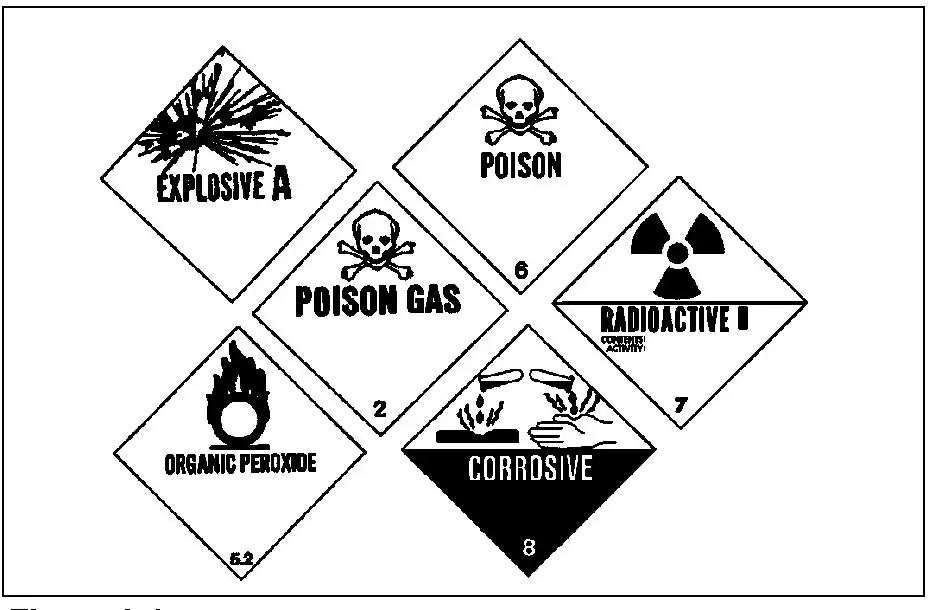|
LOADING / UNLOADING (Passenger Safety) |
|
passengers3
LOADING / UNLOADING Bus drivers need to consider passenger safety during loading and unloading. Always ensure your passengers are safely on the bus before closing the door and pulling away. Allow passengers enough time to sit down or brace themselves prior to departing. Standee Line Some buses allow passengers to stand. No rider may stand forward of the rear of the driver seat. Buses designed to allow standing must have a 2 inch line on the floor or some other means of showing riders where they can not stand. This is called the standee line. All standing riders must stay behind the line. Never allow students to stand on school buses. Baggage Do not allow passengers to leave carry-on baggage in a doorway or aisle. There should be nothing in the aisle that might trip other passengers. Secure baggage and freight in ways that avoids damage, allows the driver to move freely and easily, allows riders to exit by any window or door in emergency, and protects riders from injury if carry-ons fall or shift. Hazardous Material Watch for cargo or baggage containing hazardous materials. Most hazardous materials cannot be carried on a bus. Federal rules require shippers to mark hazardous materials by placing a diamond shaped warning label on the package. Watch for these diamond shipping labels like the examples shown in figure Do not transport any hazardous material unless you are sure the rules allow. Examples of Labels
School Bus Rules Riders may sometimes board a bus with an unlabeled hazardous material. They may not know it is unsafe. Do not allow riders to carry on common hazards such as car batteries or gasoline. There are special rules for School Bus drivers.
School Bus Stops School bus stops should be selected with care. When possible, prevent passengers from crossing the road. Students should be loaded and unloaded on the side of the road where they reside. A bus stop with visibility of at least 500 feet in each direction is required when student must cross the road or if the bus can’t pull completely off the road. If it’s impossible to find a location with 500 feet visibility, then notify school authorities, the state patrol, and the traffic engineering department. The stop will then be changed or proper signs installed. School Bus Warning Light Systems When necessary, traffic at school bus stops is controlled by the use of a warning light system and a stop sign that extends from the left side of the bus. There are two types of warning light systems presently in use on school buses. Four-Light System The Four-Light System consists of four red alternately flashing lights, two on the front and two on the rear of the bus near the roof line. The red lights are used at the bus stop to stop traffic approaching the bus from the front or the rear. Eight-Light System The Eight-Light System also has the four alternately flashing red lights. In addition, the eight-light system has four amber alternately flashing lights located just inside of the red lights. These lights are used only to warn other motorists that the bus is preparing to stop at a bus stop and the next signal will be the red lights. The school bus driver will activate the amber warning lamps:
Eight-Light Procedures As the bus approaches a school bus stop, you should slow gradually. When the bus is stopped at the school bus stop, extend the stop sign, which activates the red flashing lights. After all traffic is stopped and it’s safe to do so, signal the passengers to cross the roadway. Students will at all times cross the roadway 6 to 12 feet in front of the bus. After all passengers are safely on board and safely seated or safely unloaded and across the roadway, bring the stop signin, which cancels the red lights. Before proceeding again, check all mirrors, paying particular attention to areas immediately adjacent to the bus. When all is clear, proceed. Warning Lights Not Required There are two situations in which the school bus is not required to use the stop sign and warning lights. These are:
|
